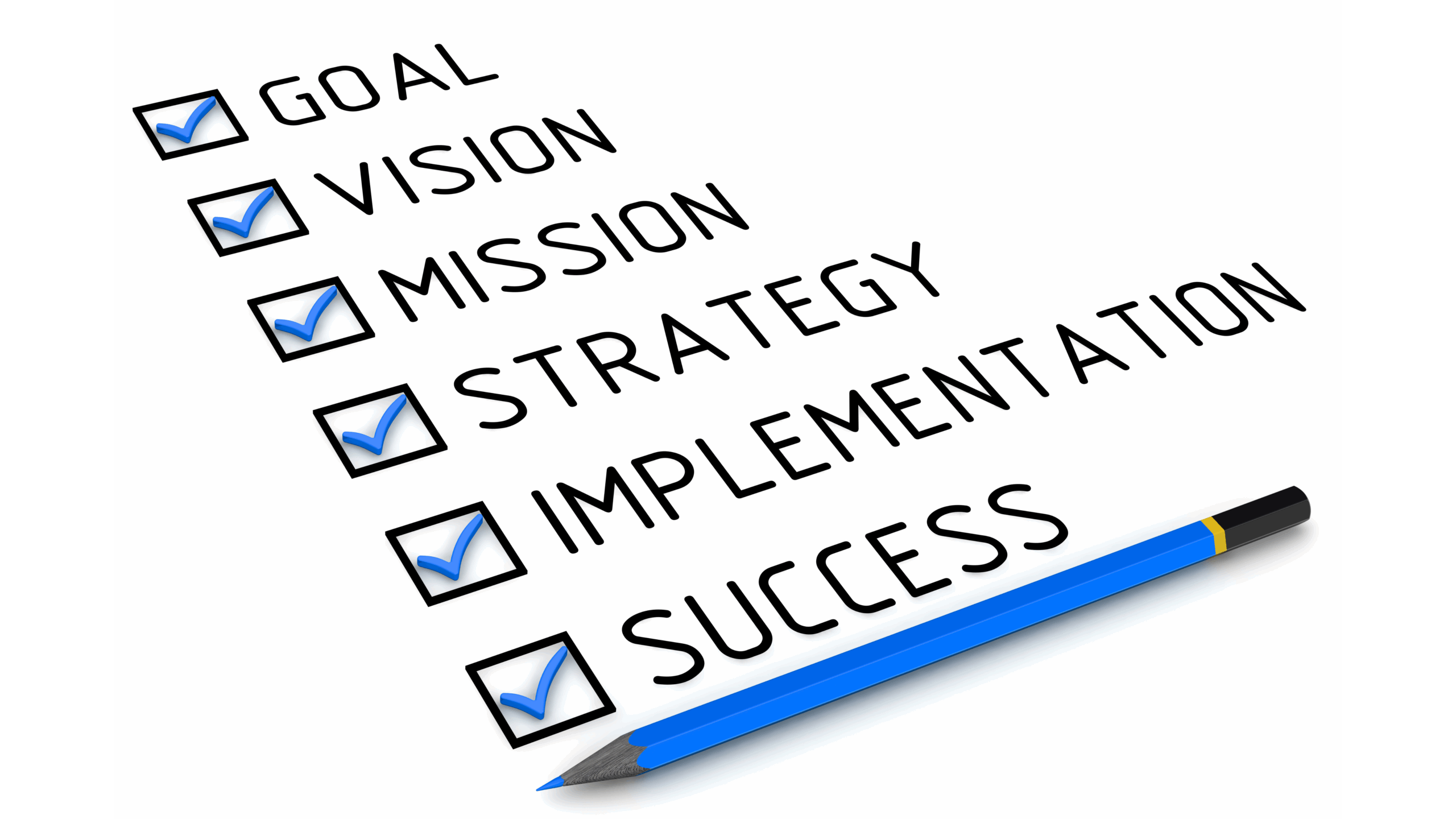
Implementing a Human Capital Management (HCM) system is a significant initiative. In fact, it touches every part of your business. A successful implementation can streamline HR processes, reduce manual work, and elevate the employee experience. However, if poorly executed, the results can be costly, frustrating, and long-lasting.
This blog outlines the cost of poor HCM implementation and how to avoid common pitfalls through proper planning, training, and collaboration. You’ll gain a roadmap to a successful implementation and a sense of reassurance.
What Is an HCM Implementation?
An HCM implementation is setting up a Human Capital Management system across your organization. This process includes configuring the platform to fit your workflows, importing employee data, training users, and establishing processes that align with your business needs.
When done correctly, HCM platforms streamline workflows, improve data accuracy, and set your team up for long-term success. However, because HCM platforms touch nearly every part of the employee lifecycle, you must approach implementation strategically to avoid downstream issues.
Why HCM Implementation Matters
Choosing a robust human capital management (HCM) system is only part of the equation. What determines success is the implementation process. HCM solutions are complex and impact many HR functions, so teams must implement them carefully and intentionally.
Whether switching vendors or adopting your first HCM platform, your organization must prepare for data migration, stakeholder training, and workflow setup. Without a solid implementation plan and departmental alignment, you risk poor data quality and low adoption rates.
Hidden Costs of Poor HCM Implementation
1. Low Employee Adoption
A brand new system means nothing if your employees don’t use it. Adoption often fails due to inadequate training, lack of communication, or an interface that doesn’t reflect how people work. When implementing an HCM system, ensure every user can log in and succeed.
Low usage limits automation and insights, pushing HR teams to rely on spreadsheets or manual processes that the software was designed to eliminate.
2. Operational Inefficiencies
If your HCM implementation lacks key setup steps, you may encounter broken workflows, compliance gaps, or inaccurate time tracking. These inefficiencies often lead to increased support tickets, frustrated employees, and duplicated work, which chip away at productivity and your budget over time.
A well-executed implementation should improve HR functions like payroll, benefits administration, and onboarding, not add to the workload.
3. Delayed Return on Investment
A poor implementation delays ROI by months or even years. The platform becomes a sunk cost if your team can’t fully use the system or if there’s no alignment in the configuration of key features.
By contrast, a smooth launch with strong project team coordination, requirements gathering, and communication training can help accelerate ROI and show leadership the actual value of your investment.
According to G2’s Mid-Market Results Index, APS customers see an estimated ROI within 16.47 months, compared to an industry average of 20.08 months. Streamline your implementation process to experience the most value for your investment.
4. Compliance and Risk Exposure
Many organizations invest in capital management HCM systems to improve compliance with federal, state, and industry-specific regulations. Compliance risks increase if implementation is sloppy, such as incorrect tax setup or missing benefit rules.
Poor data quality is hazardous in regulated industries. A simple error in employee classification or time tracking can result in costly fines and damaged trust.
5. Higher Turnover and Engagement Issues
New hires are likelier to disengage or quit when they face clunky onboarding, unclear systems, or frequent payroll errors. Employees who don’t feel supported early on are less likely to stay long-term. A strong HCM implementation can improve the employee experience by providing access to training resources, consistent feedback loops, and self service tools that build confidence.
6. Missed Strategic Opportunities
HCM platforms are more than just payroll software. They offer tools for workforce planning, analytics, and employee development. If your implementation skips these features or your team doesn’t receive training on using them, you lose out on valuable insights.
For example, poor implementation means missed data, slower decision-making, and stalled progress on key HR initiatives like system management and training.
What Makes a Successful HCM Implementation?
To ensure a smooth implementation, focus on these five pillars:
1. Requirements Gathering
Before starting the project, define success. Outline your business goals, technical needs, and user pain points. Interview department leaders to understand their HR processes and expectations. This step will inform you how to configure the platform and help you avoid surprises later.
Your project team should include HR, payroll, IT, and operations stakeholders to gather requirements across functions.
2. Detailed Implementation Plan
A clear implementation plan outlines every project phase—from kickoff and data migration to go-live and post-launch support. Your timeline should include checkpoints for configuration, testing, and user feedback.
Use a step-by-step approach with assigned responsibilities and regular updates to keep everyone aligned.
3. Communication Training and Change Management
Communication training goes beyond sharing login credentials. It involves helping people understand why the new system matters and how it will make their lives easier. Don’t assume users will adapt on their own.
Provide live training sessions, quick guides, and Q&A opportunities for admins and end users. Use multiple formats to meet different learning styles and continue training after launch.
4. Dedicated Project Team
Successful implementation requires an accountable, informed, and empowered project team. Your internal team should work closely with your HCM vendor’s implementation specialists to coordinate efforts, review milestones, and manage change.
5. Post-Launch Support and Improvement
The first few weeks after go-live are essential. Offer on-demand support resources, quick fixes for bugs, and training refreshers. Monitor system usage and collect feedback from users to identify friction points.
Use this feedback to make data-driven adjustments to your processes, workflows, or configuration. Successful HCM implementation isn’t a one-time event—it’s an ongoing improvement cycle.

Why Teams Trust APS for HCM Implementation
HCM implementation doesn’t have to be a headache. At APS, we guide organizations through a structured implementation plan backed by dedicated support. We want to empower you to achieve adoption and long-term value with confidence.
With a 97% average user adoption rate in G2’s Enterprise Implementation Index for HCM software, our clients see fast, successful launches with fewer post-go-live issues. We give them a sense of accomplishment and confidence to reach their business goals.
From improved data accuracy to stronger employee engagement, APS helps you get the most from your HCM platform.
See what a successful launch looks like: Explore the APS Client Experience.

Sources
- Implementing HCM Software: A Step-by-Step Process | RSM
- Why HR Tech Implementations Fail | SHRM
- 4 Phases of Successful HR Tech Transformation | SHRM
- Beyond The Price Tag: How To Accelerate ROI With A Smooth Software Implementation | Forbes
- Scared To Invest In A New HCM? Why The Benefits Outweigh The Costs | Forbes











